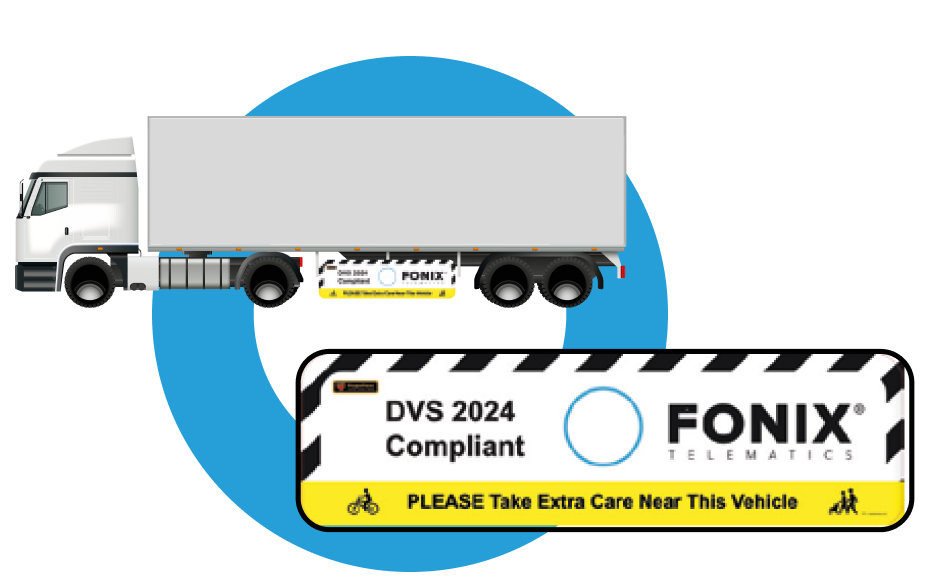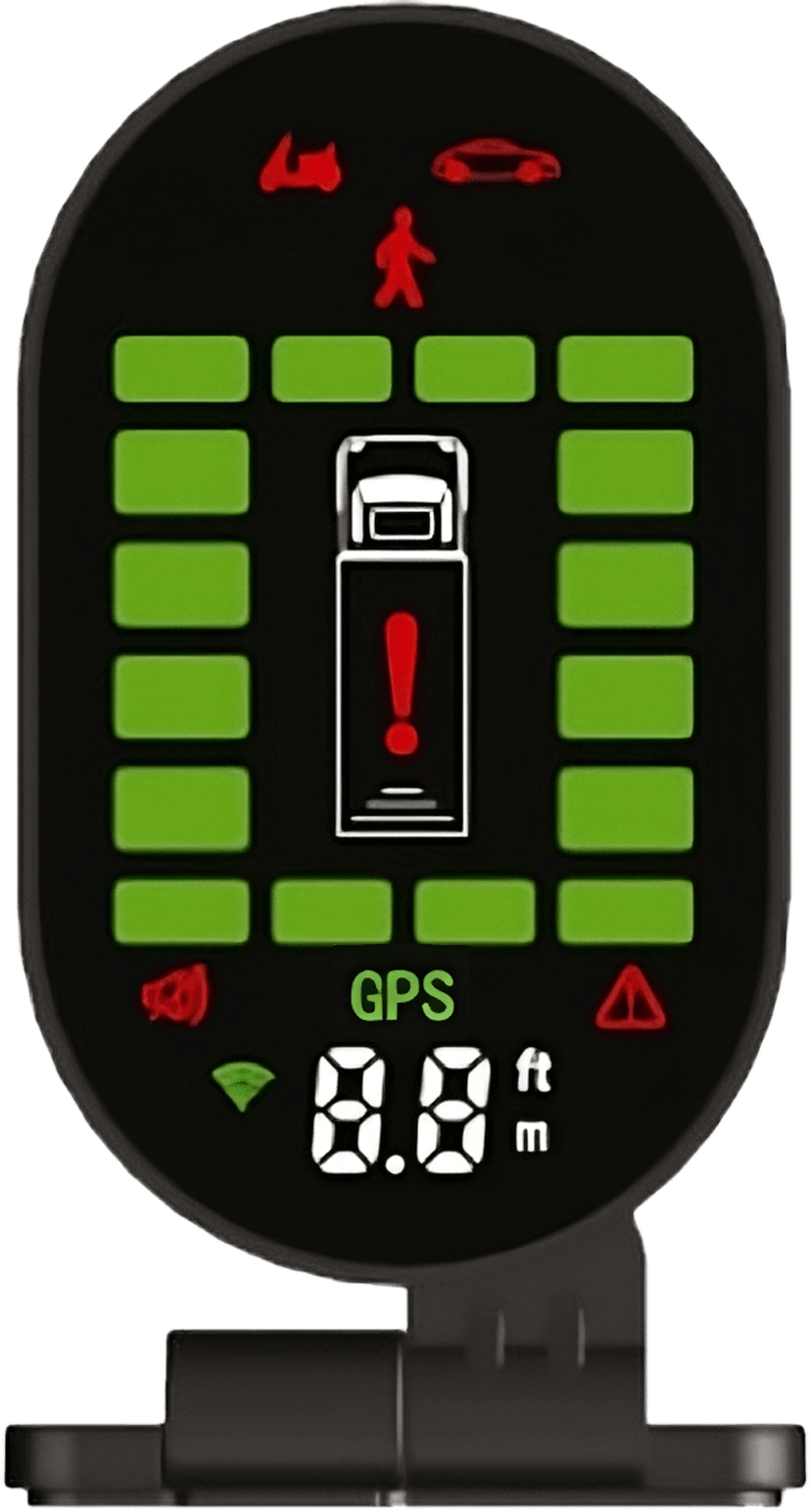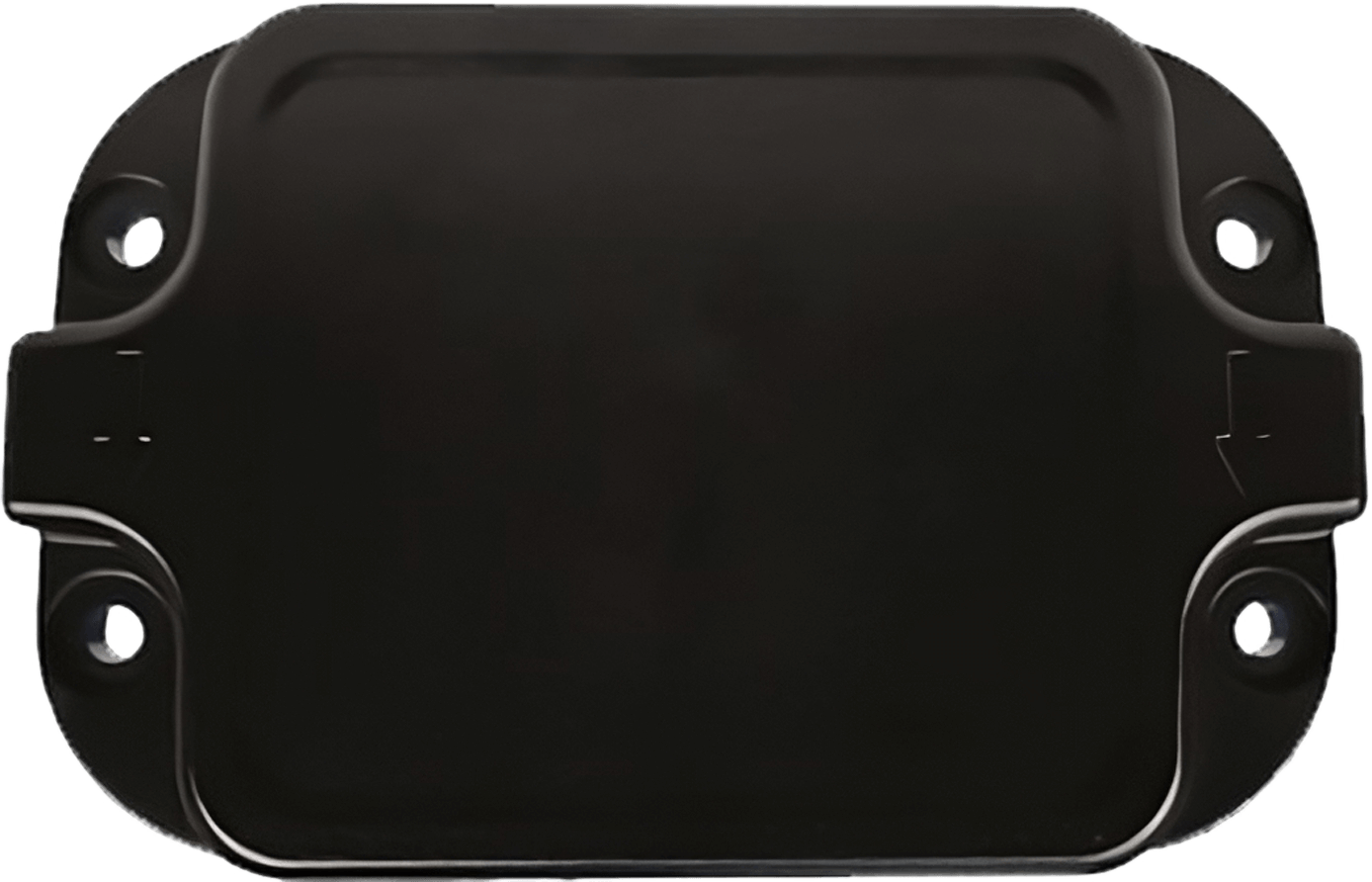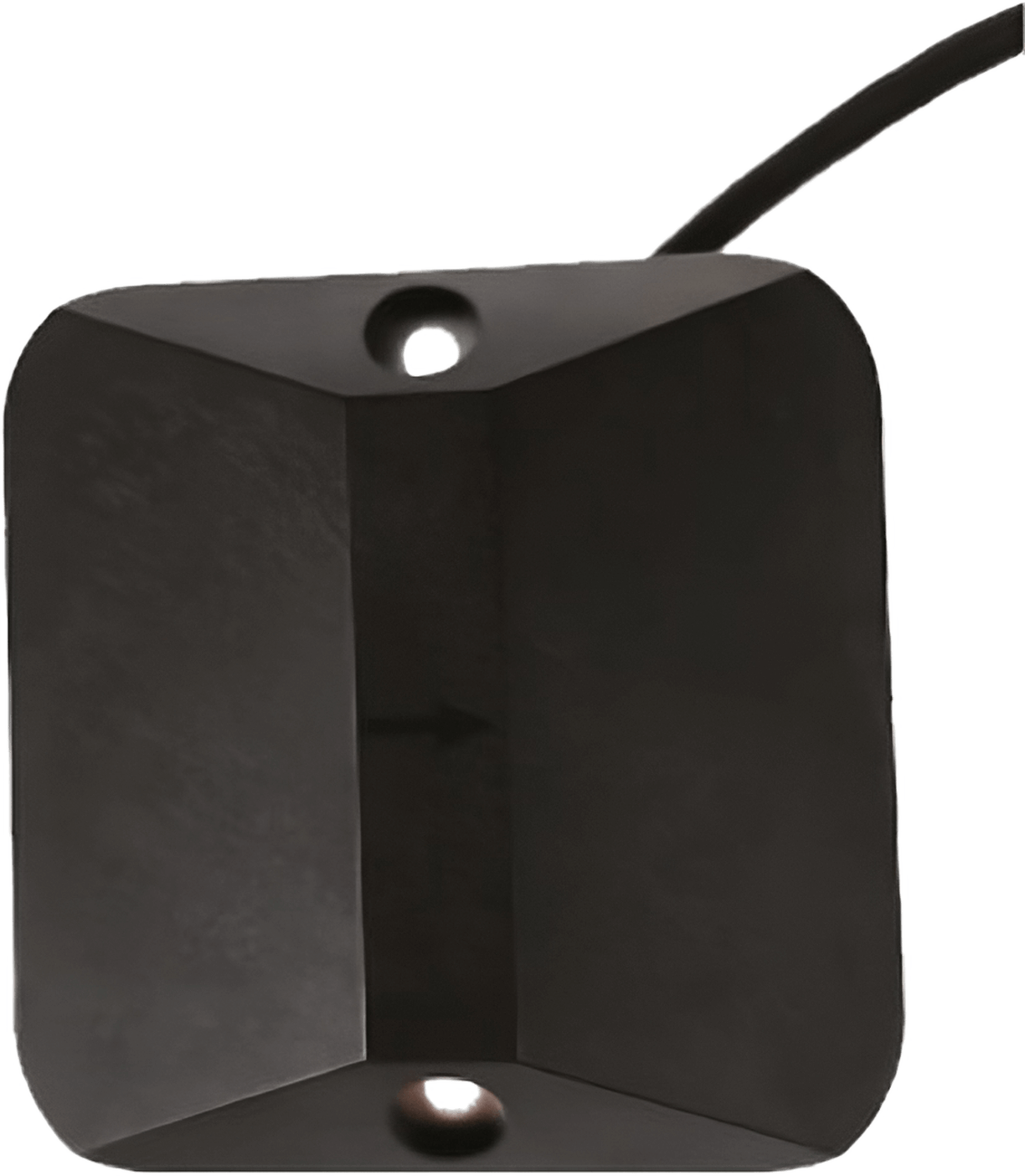DVS 2024 kits
In stock now
A simple, cost effective upgrade kit which allows you to utilise the equipment from your existing DVS kit. This kit is versatile and can be installed on any type of truck and works in conjunction with kit from any other supplier.
See our PackagesBook now before the DVS deadline
Professional installation from an approved installer{uk mainland}
Fully Compliant with 2024 DVS Standards
Fantastic Price Point & Quick Installs
DVS 2024 What's Changed
The Direct Vision Standard (DVS) was introduced by TFL in 2019 aimed at reducing the number of serious injuries and collisions between HGVs, pedestrians and cyclists on London’s roads.
The DVS measures a driver’s direct view through the windows of an HGV cab for all HGVs weighing over 12 tonnes. A star rating between one and five is then given to the view, from zero for a poor view, to five for an excellent view, indicating the risk to those walking or cycling close to the vehicle in question.
From 28th October 2024 DVS reqirements are changing.
For those at the lower end of the star rating scale, TFL have refined measures to improve the driver’s vision and help reduce the likelihood of collisions
Since the DVS was launched the minimum DVS star rating for HGVs to operate in London has been one star.
From October 2024, these requirements will be enhanced, and the minimum DVS rating required will be three stars. This means that vehicles rated two or below on the DVS star rating scale, including unrated vehicles, will need to fit the new Progressive Safe System (PSS).
DVS Phase 2 permit applications will open from 24th June 2024. Once granted these will be valid until 2030.
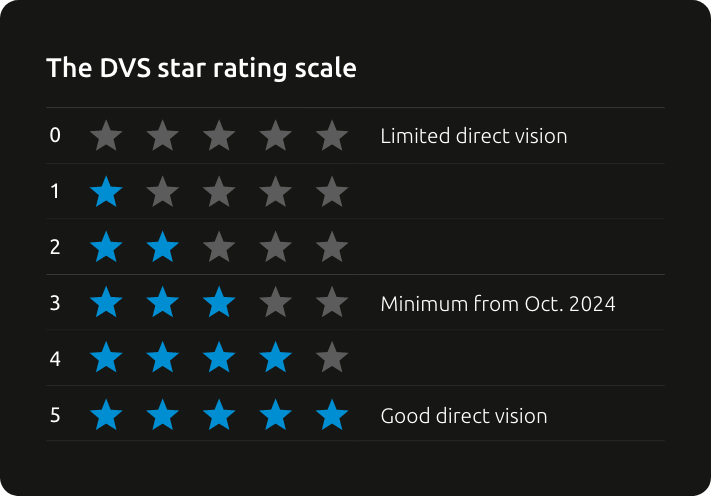

"Fatal collisions where poor vision is a contributing factor have fallen 75% since the introduction of the DVS in 2019."
'Direct Vision Standard: Guidance for operators
Transport For London
What do you need to be DVS compliant?
Moving Off Information System (MOIS)
Vehicles must have a front sensor system that activates a proximity information signal to the driver, detecting pedestrians or cyclists entering the critical blind spot area in front of the vehicle when the subject vehicle is stationary with the brakes applied. This signal must be escalated to a collision warning if the driver begins to prepare the vehicle to move off from a resting position.

Fonix PSS System Specifications
PSS Warning Area
A PSS (Progressive safe system) is what TFL have called
the new safety elements. This includes the BSIS Radar
and MOIS Radar.
• Immediate Danger Zone
MOIS – Width of vehicle + 500mm either side/depth
2000mm
BSIS – Length 10m / depth 2.5m
• Monitored Zones
Fonix PSS Packages
We have a range of packages to bring your fleet inline with the latest DVS standards. From operators looking to upgrade from a 1 or 2 star system to kitting out a brand-new truck we have everything you need.
DVS Upgrade Kit
Utilise the equipment from your existing DVS kit. This kit can be installed on any type of truck.
MOIS Radar
BSIS Radar
In Cab Display
DVS Kit
Our full DVS kit is designed for vehicles without an existing safety system installed.
MOIS & BSIS Radar
In Cab Display
Left Turn Audible Alarm
Monitor
AHD Near Side Camera
Safety Sticker
DVS Kit with DVR
Full DVS kit plus a 4 camera system which will protect your vehicles and drivers from the dangers of the other road users.
MOIS & BSIS Radar
In Cab Display
4 Channel AHD DVR
Fwd, Near, Off and Rear Cameras
Left Turn Audible Alarm
Monitor
Safety Sticker
Why buy the Fonix DVS 2024 kit?
Simplicity
There are only 3 parts to our PSS systems, a front radar, side radar and a display.
Versatility
Our kit can be used on any vehicle and with any existing (Phase 1) DVS system.
Functionality
The radar technology we use is of the highest standard. This guarantees exceptional performance.
Quick Installation
Installation time is under two hours per kit, which increases efficiencies and decreases vehicle downtime.
Price Point
Our kits are at a fantastic price point. This coupled with low install time, it allows us to offer a very cost effective safety solution.
Design & Customisation
Our designs match the manufacturer's styling, The radars can also be colour coded to complement personalised livery.






